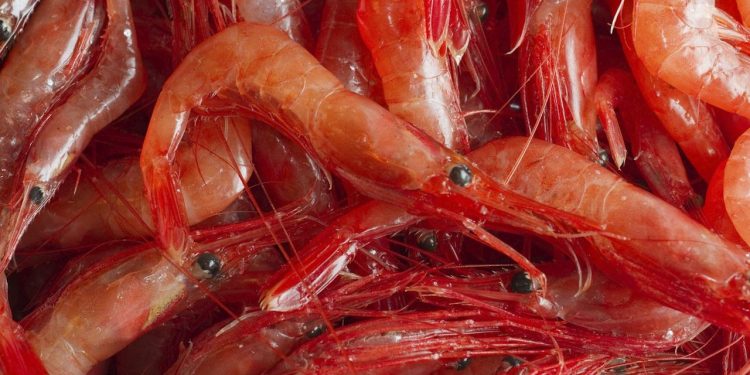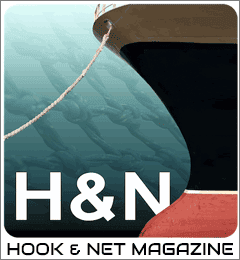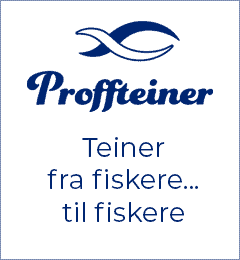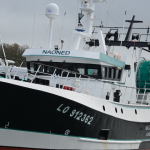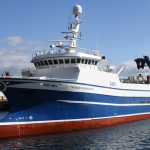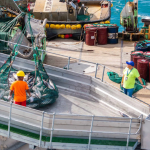The Norwegian Institute of Marine Research has advised that the 2025 Barents Sea shrimp quota could be set at 150,000 tonnes, a 7000 tonne increase in the Institute’s advice for the current year.
‘The shrimp population in the Barents Sea remains stable at a fairly high level,’ said researcher Fabian Zimmermann.
Bilateral quota advice is provided by the Norwegian-Russian Fisheries Commission. There is currently no common TAC for shrimp in the Barents Sea. Norwegian fishing effort accounts for the bulk of Barents Sea shrimp catches, although Russia and the EU have accounted for more landing volumes in recent years.
‘We have seen that the landings both in Norway, Russia and especially the EU have increased over the last few years,’ Fabian Zimmermann said.
‘Both interest and shrimp catches have increased significantly after there have been large cuts in quota for other important stocks.’
All the same, catches in 2025 are still expected to be below the advised maximum, as has been the case this year. The recommended 2024 TAC was 143,000 tonnes and the predicted volume of landings is expected to be around 83,000 tonnes. That’s also a significant increase on the 73,000 tonnes landed in 2023.
This mismatch between advice and catch levels presents challenges for stock assessment.
‘We don’t know how the stock will tolerate significantly higher exploitation, which increases the uncertainty in the quota advice. So it is important to keep a close eye on how higher catch levels will affect the stock,’ Fabian Zimmermann said.
Image: Øystein Paulsen / Institute of Marine Research

